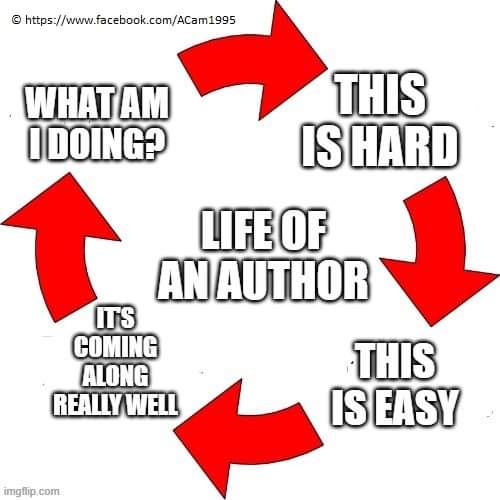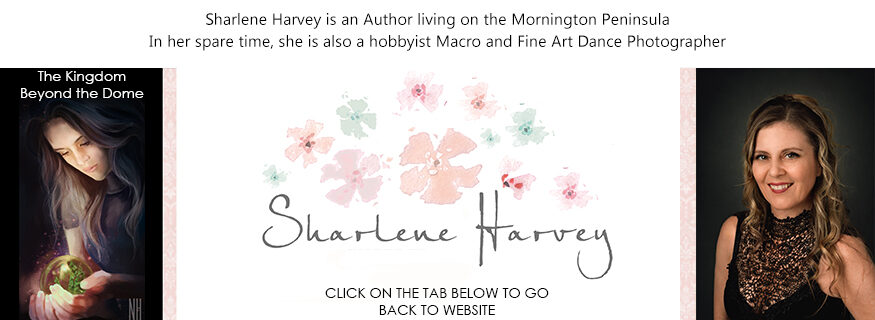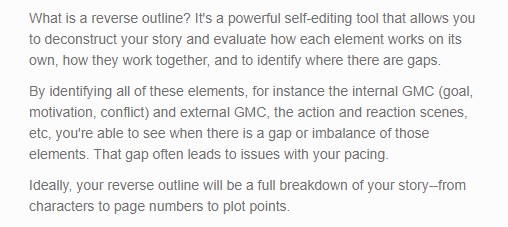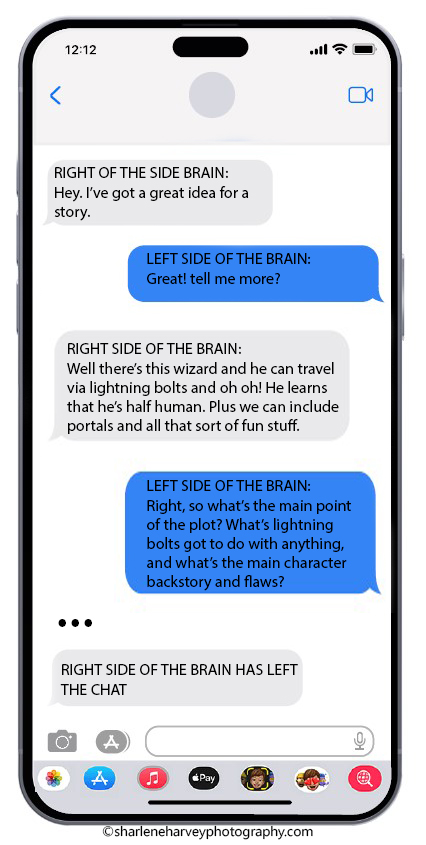HOW TO OVERCOME PARALYSES WHEN WRITING A FIRST DRAFT
A Guide for Struggling Authors

As a writer, I’ve joined many writing groups. The benefits of connecting with like-minded people are enormous—from finding well-versed beta readers, to sharing tips on the craft, to getting help with drafting a query letter, or even obtaining feedback on the-dreaded-piece-of-writing-that-must-not-be-named, (otherwise known as the synopsis).
But one fun aspect that’s shared inside writing groups is memes. I can’t tell you the amount of times someone posted a funny picture with a caption and I’ve spent the next five minutes giggling to myself because whatever they shared really struck a chord. Like the following . . .
Which brings me to today’s topic . . . paralysis when writing the first draft.
I personally have never had trouble vomiting out a first draft, until, that was, I paid for a developmental edit via Jeni Chappelle. She’s a brilliant editor who I highly recommend, but that deserves a whole separate post.
Jeni opened my eyes to what I was blind to see in my manuscript. She also suggested over a dozen craft books, and I read every single one of them. I felt like I’d entered my own personal university course catered especially for me, and I came out on the other side armed with a truckload of new skills.
After the information sunk in, I decided to completely re-write my manuscript (a YA fantasy), not only applying all of what I’d learned from Jeni but also changing it from a third-person single point of view to 1st person single point of view.
Before I did so, though, I utilized Jeni Chappelle’s reverse outline method. What is a reverse outline you ask? Well, here’s Jeni’s explanation:
Jeni’s Reverse Outline method is life-changing. If you want to know more about it, you can visit her website on the topic here: https://www.jenichappelleeditorial.com/post/evaluate-your-story-with-a-reverse-outline/
Author Melody Thioalso also wrote a fantastic blog post about it here: https://melodythio.wixsite.com/author/post/writing-a-reverse-outline-the-lifechanging-editing-tool
Of course, I already had a draft to work with, so before I re-wrote the whole book, I wanted to make sure each chapter was on track as far as my character’s goals, motivations, and conflicts were concerned. It also helped with pacing, agency, and tracking my main protagonist’s character arc, (just to name a few things).
After lots of preparation, the time came for me to sit down and rewrite my novel, but I sat there with my fingers frozen on the keyboard. I had all this new knowledge, but my brain kept questioning whether I was up to the task of applying all that I’d learned. It was definitely a case of being scared to write because I was way more aware of the mistakes I could potentially make.
Luckily, I had a follow-up call scheduled with Jeni, and when I contacted her assistant to book a time, I told her I was having difficulties re-writing the novel. Jeni’s assistant kindly pointed me to a fantastic PDF Jeni wrote called Top Down Revising, which you can find via this link: here. (You’ll need to subscribe to Jeni’s newsletters to obtain a copy, but she doesn’t bombard you with emails, and the ones she does send are very informative.)
Jeni’s PDF came to me at the exact time I needed it, and boy, did it help. The guide begins with a short description of who the PDF is for, in particular: authors who’ve learned a ton about the craft but then struggle to apply it to their own writing. (Okay, Jeni, you have my attention). The guide also covers the revision side of things in great detail, and the tips she provides are phenomenal.
But the part of Jeni’s PDF that spoke to me the most revolved around this idea: when writing your first draft, you need to shut off your revision brain and let the creative side take over. There will be plenty of time for polishing, pace checking, character arc tweaking, fixing plot divergences, etc., but, (and, here comes that good old saying that us writers hear all too often) you can’t edit a blank page.
It’s a known fact that the left side of the brain engages in analytical and methodical thinking, while the right side engages in visual and intuitive thinking. For me, the trick was to only connect with the right side of my brain while I vomited out that first draft, THEN worry about using the left side of my brain when it came time to revise.

After reading Jeni’s PDF, I gave myself permission to just write whatever came to mind and let the conscious flow take over. All of a sudden the words began to pour out, some of it bad, but a lot of it was surprisingly okay. Of course, my inner editor was sitting on my shoulder the entire time, whispering titbits of craft in my ear as I went along, but he didn’t dominate the conversation. Instead, he let the muse take the wheel.
Naturally, everyone works differently. Some people ‘do’ manage to write and edit as they go, but this blog post is for those of you who become stuck through fear of failure, just like I did. When writing your first draft, tell that inner editor to go and have a nice cup of coffee and take a chill pill while Mr. Muse does his business and helps you poop out that first draft.
I hope you found this post useful.
Until next time, Sharlene Harvey





My God, if ever there was an eye-opener. This has been so helpful and you are so kind to share your experience. Thank you so much.
Preeti
Thanks so much for taking the time to read it, Preeti.